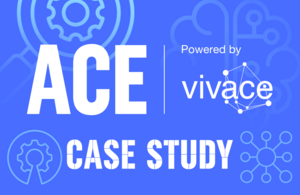Exploring new and innovative forensic approaches
Understanding how the state of the art in current science could help further revolutionise solving crime.

Advances in digital forensics using artificial intelligence (AI), machine learning and better data science have not been matched by those adopted in ‘wet’ forensics. There is a hypothesis that using digital approaches can further techniques used and explored for wet.
The Accelerated Capability Environment (ACE) was asked to help build a better understanding of what the state of the art is in current science research and how that could impact and drive increased analytic insight on scene samples.
Three initial areas of interest were identified that could enhance sample assessment; these were:
- Develop advanced proteomics techniques for trace evidence identification: harness the power of proteomics to analyse complex biological samples, enabling the detection and identification of trace evidence that may be missed by traditional methods
- Employ epigenetics to assess individual exposure and health status: utilise epigenetic markers to assess individual exposure to environmental toxins or illicit substances, providing valuable insights into the context of crime scenes and potential suspects
- Introduce innovative sample detection methods for rapid and accurate analysis: explore emerging enabling capabilities that can be leveraged to detect and identify a broader range of specimens, beyond the traditional five to six
Working with our academic ACE Research Network (ARN), industry and the wider Vivace community, ACE pulled together an internationally curated response demonstrating current and future capabilities against these three challenge areas.
This identified experts in all three topics, which are at the forefront of scientific research. It also identified areas for further research with a qualitative assessment against feasibility, threat, opportunity and affordability for each, which the customer is now considering.